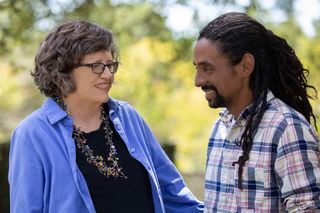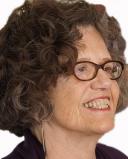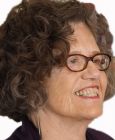Addiction
Untangling Nature and Nurture: The Addiction
Part 2: The Creole Son talks about his addiction
Posted May 4, 2020

The following is another part of what my son, who is in his late thirties, wrote as an afterword to my book, Creole Son: An Adoptive Mother Untangles Nature and Nurture. I did not edit out anything with which I disagreed.
I first became curious about drugs when I found myself thinking that people who smoked cigs were so cool. This was a complete 350-degree turn from the first six or seven years of my life when I remember telling people that smoking was nasty and bad. When I tried cigarettes, starting at age eight, I couldn’t get enough. I was smoking anything I could to pacify my desire to feel cool like the adults I saw smoking. I used grass, oregano, leaves, anything that I could roll up even in plain paper, as long as I could light it and see smoke. No one I knew did it and there wasn’t any smoking in my household. It was my own obsession. After reading the science in this book, I see that my reaction to nicotine, the first drug I used, was more intense than kids who didn’t have this genetic predisposition. It wasn’t just that I wanted to be cool.
When, in the later years of high school, drugs like weed, cocaine, ecstasy, and meth became part of the arsenal to feed my addiction, it was not about racial identity, because few black kids I knew tried any of them. It was affluent white kids who were drug users and sellers. As early as junior high, if one wanted some weed, you would get it from white kids. My being a black with many white friends, meant I always had access to drugs and made black kids look up to me. I remember my black friends coming to me with what they had bought, thinking it was weed and I would laugh when I realized that these cool kids I wanted to be like didn’t even know weed from oregano. They were getting played.
I had indulged in the use of many drugs, but it wasn’t until I reached my mid-twenties that I actually understood what people really mean when they speak of addiction. Before this, I had no problem picking up and putting down drugs. I didn’t feel they controlled me. I didn’t have to have them and never stressed about needing them. But at 24 when I started using crack cocaine all this changed. I no longer was in control. I became consumed in the endless effort of getting the money I needed to get my issue. Using became my only focus. I wasn’t able to think about anything other than what I needed to do to get my next hit.
I sometimes wonder what meeting my birth family might have been like if I never had used rock cocaine, because it just so happened that my biological dad and mom both had struggled with the same drug throughout their lifetimes. And what happens when addicts get together? In my experience, they use, and that’s just what occurred during the time I spent getting to know these very important people who gave me life. We hung out like we were long time friends on an endless mission to stay high. “How great is this,” I remember thinking. “I get to meet my birth family and I’m getting high at the same time.” Everything was just perfect. I couldn’t believe how cool it seemed to have my cake and eat it too. But the reality was that there was nothing cool about it. Even though over time we all realized that this was not a good situation, we still kept it up.
I returned home to California and swore that the next time I touched down in Louisiana things would be different. But when I returned to the bottom of the map, there we were again. Same people, same drugs, and the same destructive cycles. I feel responsible for my biological mother’s relapse. My dad, like myself, had been actively using most of his life, I didn’t feel responsible for him.
On my third trip to Louisiana, I lived for a while with my father, his new wife, and her son in a suburb near New Orleans on the west bank of the Mississippi. There I was introduced to Mardigras, Drive Through Daiquiris, and pickled pig lips. Open containers of alcohol were legal and you could buy liquor twenty-four-hours a day. This was a big change from the 2 a.m last call in California. I now understood why New Orleans was such a popular place for people to vacation and party. Now that I’m living a sober life and am a member of AA fellowship, I can relate when others tell stories about when they went to party in New Orleans and were lucky to live through it without drinking themselves to death. For an alcoholic, New Orleans Louisiana can mean suicide.


